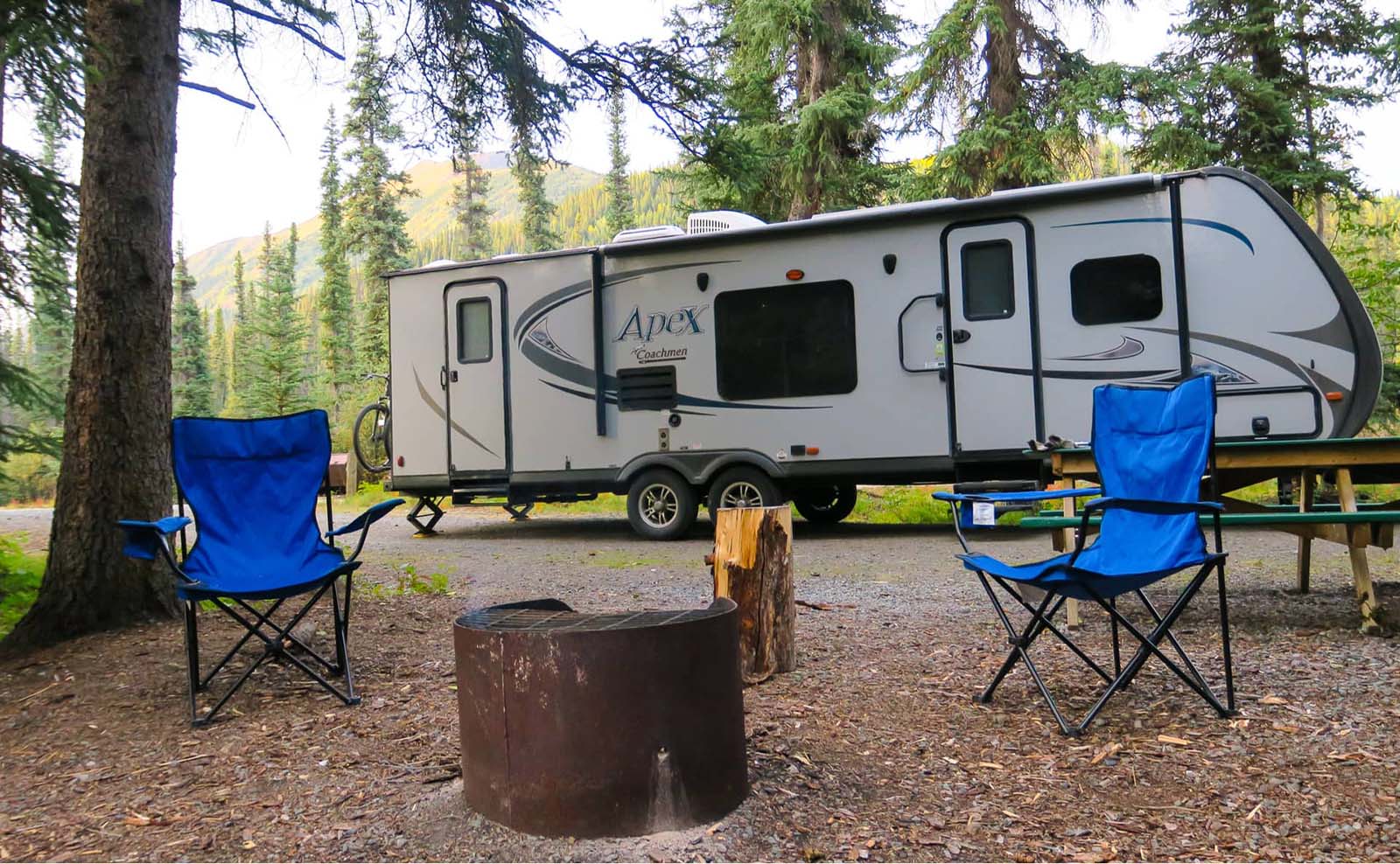How to Store an RV Battery for the Winter

Introduction: As winter approaches, RV owners must take certain precautions to protect their vehicles and equipment from the harsh weather conditions. One crucial aspect of winter preparation involves properly storing the RV battery. In this article, we will discuss five essential steps for storing an RV battery during the winter months. Following these guidelines will ensure that the battery remains in good condition and ready for use in the next camping season.
1. Clean and Inspect the Battery (H2): Before storing the RV battery, it is important to clean and inspect it. Start by removing any dirt or debris from the battery terminals and surrounding areas using a brush or a soft cloth. Inspect the battery for any signs of damage, such as cracks, leaks, or corrosion. If any issues are detected, it is recommended to address them before storing the battery.
2. Fully Charge the Battery (H2): A fully charged battery is less likely to freeze and will hold its charge better during storage. Therefore, it is crucial to charge the RV battery to its maximum capacity before winter storage. Connect the battery to a charger and let it charge until it reaches 100%. This step ensures that the battery will remain in good condition while in storage and will be ready for the next camping season.

3. Disconnect the Battery (H2): To prevent battery drain during storage, it is important to disconnect it from the RV. Start by turning off all appliances and lights that might be consuming power. Next, remove the negative cable from the battery terminal followed by the positive cable. Store the cables in a safe place, away from moisture and extreme temperatures, to prevent any potential damage.
4. Choose the Right Storage Location (H2): Selecting an appropriate storage location is essential for maintaining the battery’s longevity. Ideally, the storage area should be cool, dry, and well-ventilated. Extreme temperatures should be avoided as they can affect the battery’s performance. Additionally, choose a spot away from direct sunlight and keep the battery off the ground to prevent moisture buildup.
5. Perform Regular Maintenance Checks (H2): While the RV battery is in storage, it is important to perform regular maintenance checks to ensure its condition. Every few weeks, inspect the battery for any signs of damage, leaks, or corrosion. If necessary, clean the terminals and surrounding areas. If the battery charge drops significantly during storage, consider charging it back to full capacity to prevent damage.

Conclusion: Properly storing an RV battery during the winter will help prolong its lifespan and ensure optimal performance when it is time to hit the road again. By following the steps outlined in this article – cleaning and inspecting the battery, fully charging it, disconnecting it from the RV, choosing the right storage location, and performing regular maintenance checks – RV owners can enjoy worry-free storage and be ready for their next camping adventure.

